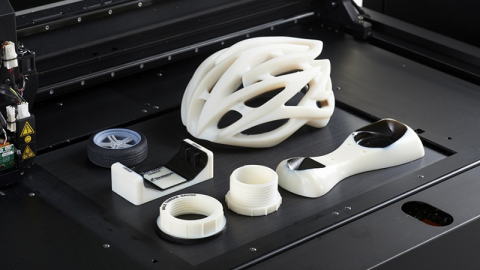
Additive manufacturing, or 3D printing, now has a new terminal.
Pittsburgh International Airport has recently announced plans for the Area 91, the first place in the world to focus on development of additive manufacturing / 3-D printing chains to form a public research area. New technology with high expertise.
The Pittsburgh regional leadership has always been a world leader in manufacturing, Allegheny’s Rich Fitzgerald said. Now the industry has grown into 3-D printing and additive manufacturing, and through the 91 border, we have laid the foundation to become a global hub. The neighborhood concept will have a tremendous effect but it is also important to take advantage of our regional universities, which will provide the necessary research and development and motivate the workforce to fill the this job.
Area 91’s name is based on various neighborhoods of Pittsburgh from 90 with 91 being the main ingredient for future accretion production. Construction will begin next year.
Pittsburgh International Airport CEO Christina Cassotis said part of our vision is an airport. The additive manufacturing company is looking for a place to call home and no one has done that – until now. The Pittsburgh area is naturally fitting based on its history and its properties today. And our airport is leading the way to make it work with our university partners.”
The University of Pittsburgh is an important partner in Area 91 development – both in research and development and workforce development. The university’s dual strengths in research on additive manufacturing and applied supply chains in addition to piloting programs to strengthen the professional piping system help promote the neighborhood concept.
Area 91 brings together the types of collaborative environments needed to lead in today’s competitive advanced manufacturing economy, says Patrick Gallagher, University of Pittsburgh. This is a combination of the region’s strength in additive manufacturing and advanced materials industries with the intellectual capital of world-class research universities.
The Neighborhood 91 concept is based on shared capital that is at the core of development. It will contain a complete ecosystem from start to finish:
As part of Area 91, the airport is planning to build a second microgrid to power the development to further increase cost savings for tenants. The airport is in the process of developing the first microgrid to power terminals and airports.
The neighborhood campus concept will contain all elements of the accretion production supply chain in a centralized location, including on-site powder supply, a price too expensive for most in the industry.
Officials estimate that production time will be reduced by 80% and transportation costs will be reduced even further.
Productivity and Quality Office